Homemade Swan-shaped Pot

So you can transform a used motorcycle tire into an XXL swan to put the plant that you like best. Tell us what you think in the comments!
WHAT DO YOU NEED?
Tools
- Hand brush
- Cutter
- Pallet
- Brush
- Drill
Materials
- Wood strip
- Recycled tire
- White paint
- Orange paint
- Black paint
- White marker
- Screws
STEP BY STEP
We return with our fun tire recycling series with a new very original flowerpot. A swan pot. We are sure that it will surprise you, we have been very proud of the work because we did not give a penny because it would be elegant as it turned out in the end.
1. Mark and cut the swan neck
To start shaping your pot into a swan shape, mark the neck of the figure above the center of the tire rubber. Do this with a white marker, which looks good, since you will have to use those lines to cut the surface of the wheel.
Create a rectangular strip, a few inches wide, that runs along one of the tire halves. Create an oval shape at one end of the fringe to make the swan’s beak.
When you have marked the swan’s neck on the rubber, cut along the lines you have drawn. Start at the peak and go all the way to the other end, which should be attached to the wheel.
To cut the tire, you can use a jigsaw or a box cutter, as we have done. Bear in mind that, depending on the type of tire, you may find metallic threads inside the rubber, which you will have to circumvent.
2. Turn the wheel
Oddly enough, it is the turn of one of the most laborious steps of this project. Turning a tire is not entirely straightforward. The rubber of the tire is hard and usually has metallic threads that give it consistency.
To turn the tire, you mostly need patience and a bit of strength. If you can’t alone, ask someone for help; between two is easier.
The reason for turning the tire over is that the visible part, the outer part, is smoother and without imperfections.
3. Screw a ribbon to make the neck
Once the tire is cut as we indicated in step 1, you will have a central strip left to form the neck of the swan. As said strip will not hold up by itself, it must be reinforced with a wooden strip or similar.
Attach the wooden slat to a segment of the tire strip to make the gooseneck, using the drill to screw in several screws. Beforehand, check the tire neck measurement to adapt the size of the wood. Keep in mind that the part of the peak will have to be hung.
4. Paint the tire structure
With the trowel, paint the entire recycled tire white, inside and out. Use any white acrylic paint. To make it even, take care to paint the tire grooves well. If not, it will be shabby.
Once the entire body of the swan is painted, let the paint dry before continuing with the details.
5. Paint the details of the swan
To paint the details, we have proposed to do them with orange and black paint. This is the traditional formula of painting a swan, but if you fancy other colors, feel free.
For the beak, paint the end of the tire strip that is hanging with orange paint. Then make a black semicircle to make it look like the real beak. We repeat, only if you want a swan as close to reality. You can also invent your own swan. It is what DIY and crafts have, you are the owner of your creation.
6. Plants at the base of the figure
You already have the swan tire ready to receive the plants that you most want. Fill the base with suitable substrate for the plants or flowers that you are going to install and transplant the seedlings you want.
We have chosen some yellow flowers that have given the swan a beautiful touch.
Enjoyed the project?
Resources for this project:
See all materials
Comments
Join the conversation
-
 Donna Roberts
on Mar 03, 2024
Donna Roberts
on Mar 03, 2024
it is beautiful! One thing I would do is round off the top piece of the wood on the neck. Otherwise,great job!!!
-
-
 Gig69451122
on Mar 02, 2025
Gig69451122
on Mar 02, 2025
Positively AMAZING!!! ❤️ How very creative. I get tired of seeing white painted tires with flowers in them. You changed that for sure 😉👍
-



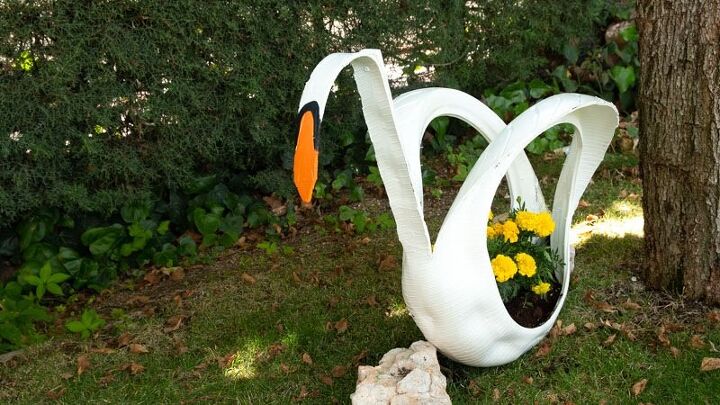






















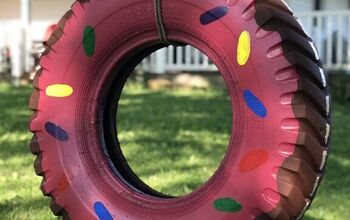

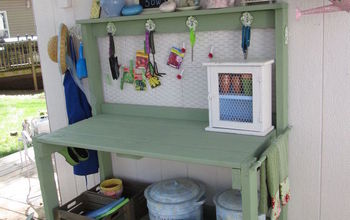
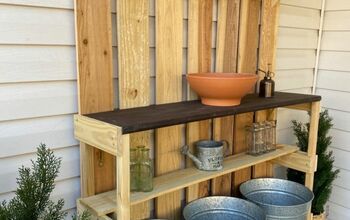


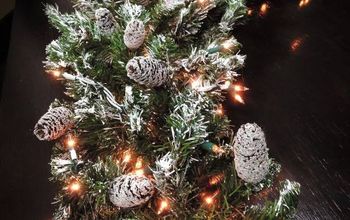








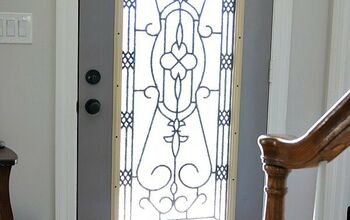

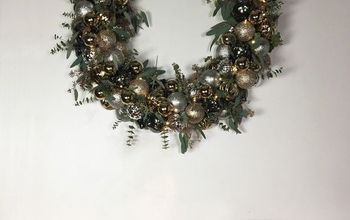
Frequently asked questions
Have a question about this project?
What a fantastic idea! How did you ever think of doing this?